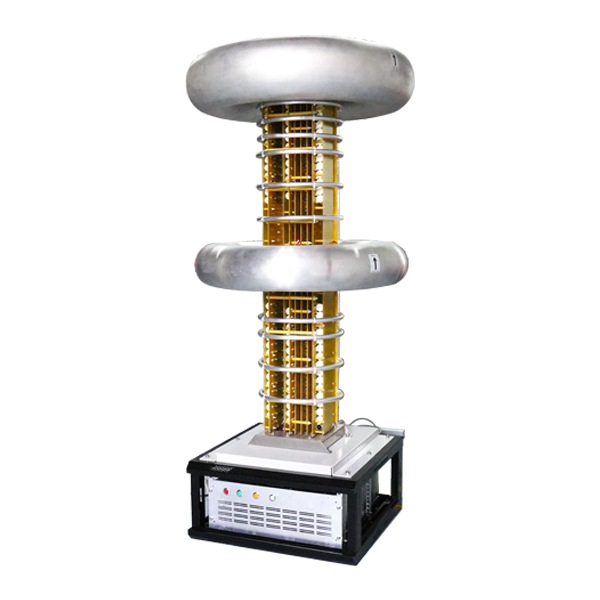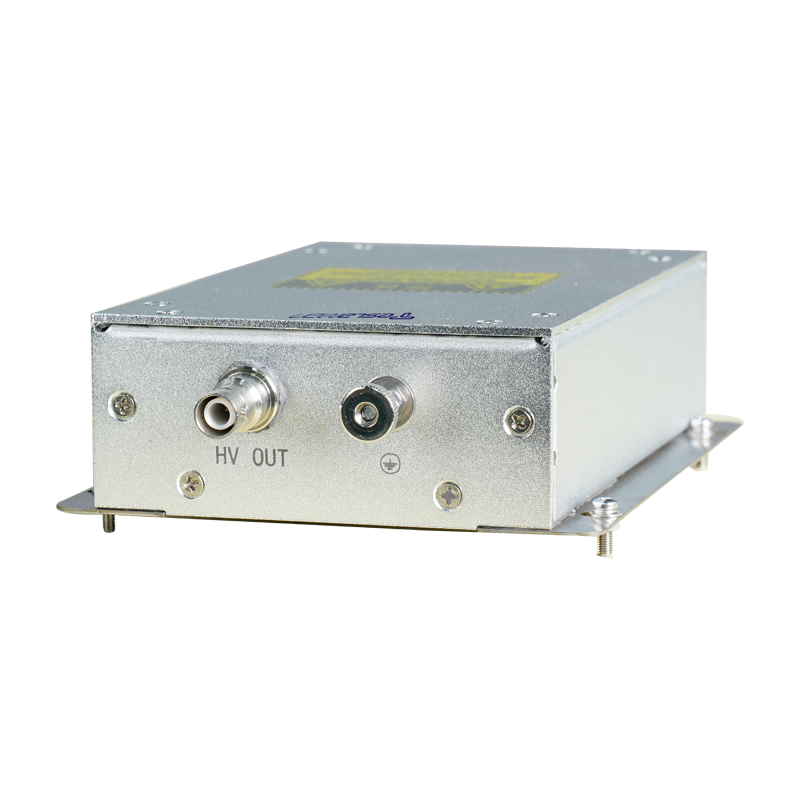Innovations in High Voltage Power Supplies for Tumor Ablation: Electrical Solutions for Precision Medicine
Introduction
In the field of tumor treatment, high voltage power supply technology is driving revolutionary advances in physical ablation methods. Unlike traditional chemotherapy and radiation therapy, tumor ablation technology based on high-voltage pulsed electric fields (also known as irreversible electroporation) demonstrates unique therapeutic advantages. This article explores the technological innovation pathways, clinical value, and future trends of high voltage power supplies in tumor ablation applications.
I. Technical Characteristics of Tumor Ablation High Voltage Power Supplies
1. Precise Pulse Parameter Control
Nanosecond-level high voltage pulses (2-100ns) enable selective cell membrane breakdown
Adjustable output voltage range (8-50kV) for different tissue depths
Programmable pulse repetition frequency (1Hz-1kHz) for various tumor sizes
2. Intelligent Energy Management System
Real-time impedance monitoring for feedback-regulated energy output
Temperature compensation algorithms ensure parameter stability (±1%)
Multi-channel independent control for matrix electrode arrays
3. Safety Protection System
Dual isolation design (insulation withstand voltage ≥10kV)
Microsecond-level overload protection response
Contact impedance detection to prevent burns
II. Breakthroughs in Clinical Applications
1. Precise Solid Tumor Ablation
3000V/mm electric field intensity induces cancer cell apoptosis
Pulse width modulation protects vascular and neural structures
Intraoperative ultrasound-guided dynamic energy adjustment
2. Minimally Invasive Surgical System Integration
Endoscope-compatible miniature high voltage modules (Φ3mm)
Multi-electrode synchronous triggering technology
Surgical robot cooperative control interface
3. Combination Therapy Modes
Electrochemical-thermal synergistic systems
Pulsed electric field enhanced drug penetration
Immune activation effect research
III. Cutting-Edge Technology Directions
1. Intelligent Adaptive Systems
AI-based personalized treatment plan generation
Real-time tissue characteristic analysis feedback
Digital twin surgical rehearsal
2. Advanced Power Device Applications
SiC MOSFETs improve energy efficiency
3D integrated packaging reduces size
Flexible electrode-power supply integrated design
3. Multimodal Treatment Platforms
Radiofrequency-pulsed electric field hybrid systems
Optical navigation for precise energy delivery
Treatment evaluation big data models
IV. Clinical Translation Challenges
1. Standardization Development
Research on pulse parameter-efficacy correlation
Operational protocol formulation
Specialized detection equipment development
2. System Reliability Enhancement
Long-term aging tests (≥10^8 pulses)
Electromagnetic compatibility optimization
Sterilization process adaptation
3. Cost Control Strategies
Modular design reduces maintenance costs
Core component localization
Standardized treatment consumables
Conclusion
Innovations in high voltage power supplies for tumor ablation are reshaping the landscape of cancer treatment, with technological development showing distinct characteristics of precision, intelligence, and minimal invasiveness. In the next five years, with accumulating clinical trial data and improving technical standards, this technology is expected to become an important option for solid tumor treatment. It is recommended that industry, academia, and research institutions strengthen collaborative efforts in pulse formation mechanisms, clinical validation methods, and intelligent control systems to collectively advance this innovative technology toward mature applications.




















